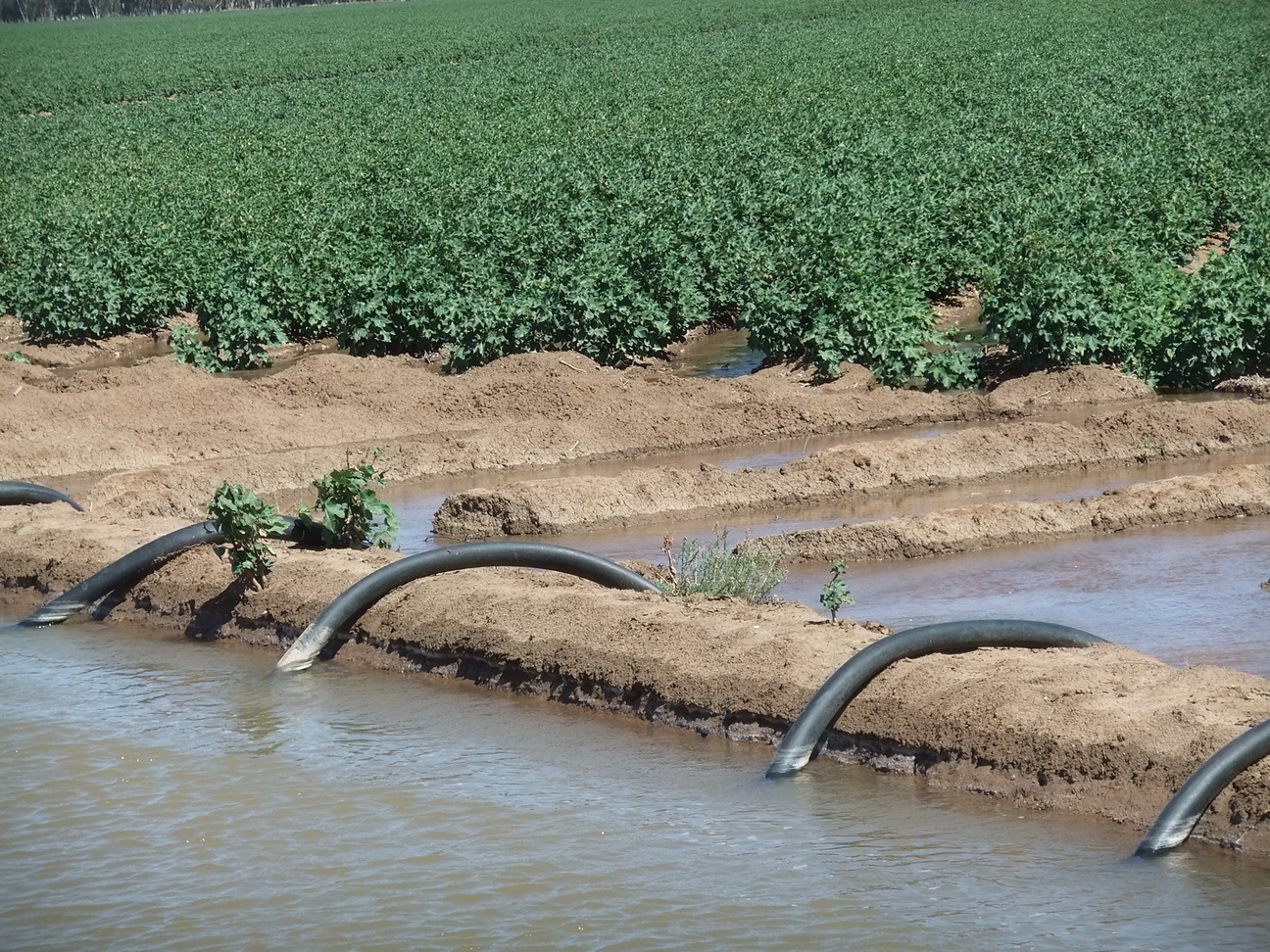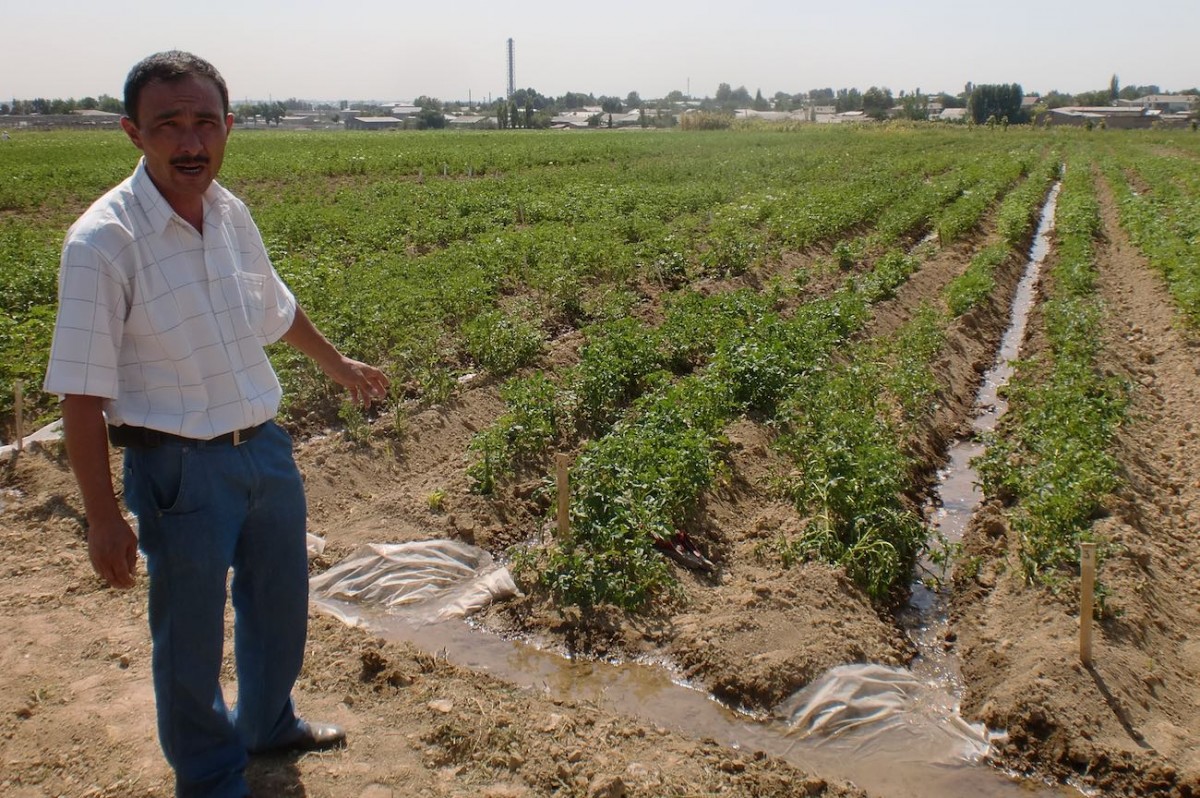
By George Munene
Although termites are considered agricultural pests they are crucial in the distribution of natural resources, i.e, water and nutrients in soils within the tropics.
These engineers of tropical ecosystems have a huge impact on the biological, physical, mineralogical, and chemical properties of soils. They play a key role in organic matter decomposition, soil fertility, soil formation, digging tunnels that enable plants better access to water, vegetation growth, and encouraging species diversity.
Soils surrounding termite mounds are in Carbon, basic cations that impact soil pH, clay minerals, and oxides that affect plant development.
They also increase nitrogen in soils by transmitting nitrogen-heavy bacteria in their stomachs in form of saliva and feces into the soil.
According to research done by the University of Sydney, wheat farmers in sub-Saharan Africa saw a 36 per cent increase in their yield by treating their land with termites and ants.
Related News: Used engine oil tames termites
Related News: Eating termites is healthy and there are people who farm them for ready markets
“Termites refertilise Savannah soils by breaking down dead wood to organic matter and bringing up minerals from deeper soil layers to the ground layer-- this is the section in which most agricultural activities take place,” explained Dr. Sebastian Doetterl-- founder of the Congo Biogeochemistry Observatory during a talk held on Thursday on soil landscapes and their development in the 21st Century.
Termites constitute 10 per cent of all animal biomass in the tropics. With over 1,000 species, Africa has the richest diversity of the insect. Some termite species are key pests of trees, and crops such as maize sorghum, and yam causing up to 45 per cent in losses.
“It is unfortunate that tropical ecosystems remain largely underresearched. There has been little study done to distinguish non-pest termite species from their destructive relatives as well as sensitization of farmers on their importance,” Sebastian said.
Related News: Greasing beehives helps keep them safe from crawling predators
Intensive and large-scale commercial agriculture has seen the leveling of termite mounds. Spreading and mixing of this mound material leads to a short-term spike in soil fertility but after a few cropping seasons this is depleted and crop yields diminish as termites-- a major source of soil fertilisation-- have been lost.
Write comment (0 Comments)

















